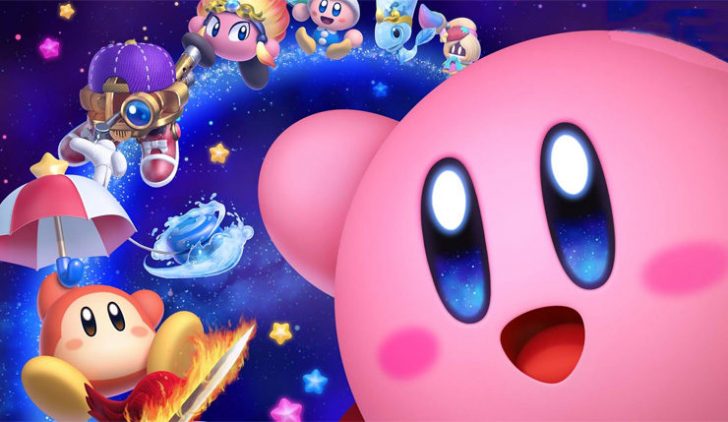For some video game franchises, having a timeline is vital to not just telling players when a game takes place compared to others, but also, making it so that the people behind the games know who is available, what their growth is, and so on. In Nintendo series, you’ll find timelines in franchises like Metroid, Legend of Zelda, Kid Icarus, and more. But if you think about the Kirby games…not so much.
With Kirby and the Forgotten Land now out for people to play (expect our review soon!), HAL Laboratory general director Shinya Kumazaki talked about the series in great detail and noted that timelines aren’t really what they’re focused on when they’re making a game in the series.
In an interview with the Washington Post, he notes this:
“There is no clear timeline for the game stories. This is to avoid being constrained by past settings, and so that we can easily take on new challenges and prioritize the optimal gameplay experience for each installment – even in a series with a long history.
However, we can’t progress the story much if we have Kirby meet King Dedede for the first time in the opening of each game, so new installments inherit story elements that can be naturally accepted and easily understood by the players. For example, we use story elements that are effective at making each new game better, such as when the character Magolor repented his past actions and moved to Dream Land, or when Meta Knight got his revenge on Kirby.
I also pay attention to the details when writing the text for the story. This is because, if future installments are going to inherit these story elements, we need to first prepare detailed settings for each installment. However, the main focus of the Kirby series is action and gameplay, so we prepare the settings required to make these elements more appealing in each game.”


